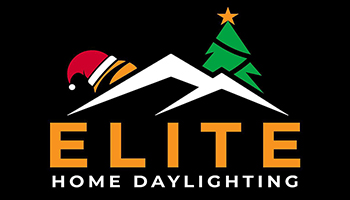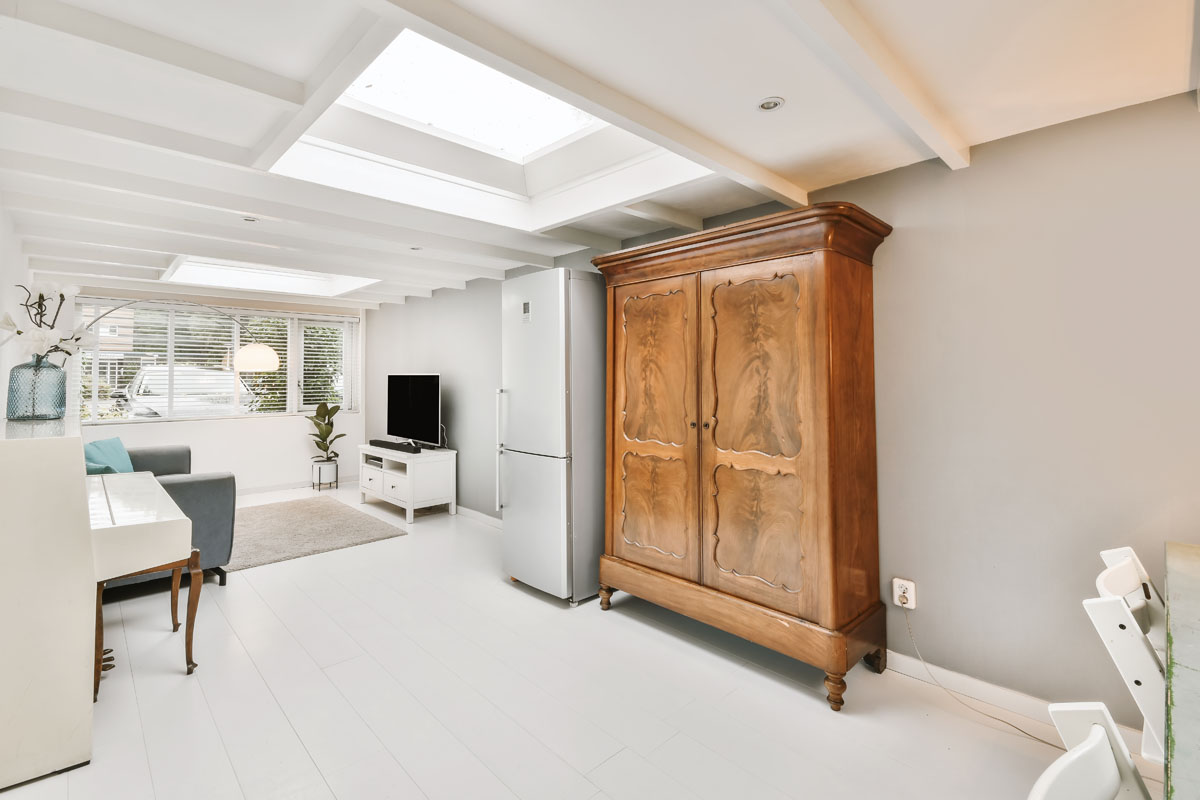If you are searching for skylights, this article will highlight nine popular types on the market today.
The most popular types of skylights are as follows:
- Barrel Vault
- Fixed Skylight
- Ventilated Skylight
- Custom Skylight
- Ridge Skylight
- Pyramid Skylight
- Curb-Mounted Skylight
- Dome Shape Skylight
- Tubular Skylight
Let’s look at the differences and similarities of these skylights below!
Barrel Vault Skylight
Barrel vault skylights fill practical and economic means of bestowing daylight throughout a large interior space, such as an auditorium. They are commonly used as entrance or walkway canopies between buildings.
Typically, over 80 percent of the roof will be covered by this skylight. You will most likely find these skylights over passageways, parking shelters, arcades, medical and educational institutions.
Fixed Skylight
Fixed skylights are another popular option for both home and business owners. Just as the name would indicate, fixed skylights do not open for air ventilation. Essentially, these skylights are completely sealed to the roof.
Fixed skylights are used in low-lit areas, such as the attic or stairwell. Glass makes up the majority of the skylight, with the frame typically made of aluminum, timber or steel.
Ventilated Skylight
Ventilated skylights are much different from most skylight models because they serve multiple purposes. These skylights work as a source of ventilation of both light and air. Ventilated skylights are ideal for bathroom and kitchen areas, as they will remove excess moisture while keeping a constant flow of fresh air throughout the room.
Installing a ventilated skylight is similar to adding a new window to your home.
Custom Skylight
Custom skylights are very popular for commercial buildings. These large skylights can open up to the sun and air, illuminating a large interior space. They are uniquely designed to let in a large amount of light throughout the day. Custom skylights are the choice when roof conditions do not allow the installation of most other popular skylight models.
This skylight is one of the most aesthetically-pleasing versions. They can come in a variety of shapes and sizes, depending on the roofing system of the building.
Ridge Skylight
Ridge skylights are applicable to conditions where the skylight essentially lies on the same plane as the roof pitch. The ridge of the skylight will also follow the line of the roof ridge. These skylights can be mounted on curbs of flat roofs, complete with a wide range of pitch options and glazed vertical ends.
These can be attached to head-to-head vertical walls at both ends, if desired. Comparable to the size of a standard window, ridge skylights let in a considerable amount of light.
Pyramid Skylight
These models are usually mounted on the curbs of flat roofs and they come with several pitch or slope options. As the name suggests, these skylights make the shape of a pyramid, having four sides. Pyramid skylights are sometimes referred to as hip ridge skylights.
The other type of skylight in this category is the multi-sided pyramid skylights (polygon skylights). These can be built with six to eight sided openings. They can also be constructed with multi-sided openings.
Curb-Mounted Skylight
Since curb-mounted skylights are very affordable and work well in any setting, they are some of the most common skylights today. Curbs are either built on-site or can be pre-built by a manufacturer. This skylight needs to be double-walled and insulated to retain heat inside the home.
Curb-mounted skylights are great at protecting against leaks. They also allow for more flexibility and size, even though this is the simplest skylight design.
Dome Shaped Skylight
Made up of flexible plastics, dome-shaped skylights come in the form of a dome and can evenly disperse sunlight throughout a room. This skylight will illuminate an entire room with small streams of light.
Dome skylights come in two layers for both insulation and protection, including a thick outside layer and a thin inside layer. These skylights are suitable for both home and commercial settings.
Tubular Skylight
The reasons to invest in tubular skylights are obvious, especially for homeowners. These lights have been proven to provide sunlight and vitamin D, a valuable resource for children. Increased sunlight has been linked to improved test scores for children of all ages.
Not only will skylights bring natural light inside, they will help you save on electric bills for the long term. Homeowners often experience saving between 15-40% off energy bills. Skylights also provide UV protection against fading clothes, furniture and rugs.
Solar Tube Installation In The East Valley
Elite Home Daylighting Systems offers tubular skylights and solar attic fan installation services to the entire Phoenix east valley. Service area includes Chandler, Gilbert, Mesa, Tempe & more! Contact us for a free quote today!
More Articles About Solar Tubes
- Why Go Solar In Arizona?
- How To Remove A Skylight
- Best Skylight Ideas For Your Home
- Roof Window Vs Skylight
- Solar Attic Fan Installation Cost
- 5 Benefits Of Sunlight Through Windows
- How Much Does It Cost To Install A Skylight?
- Sun Tunnel Vs Skylight
- Skylight Dome Replacement Guide
- Skylights Replacement Cost
- Skylights Near Me In East Valley Phoenix
- How Long Do Skylights Last
- Do Solar Attic Fans Work
- How To Clean Skylights In 5 Steps
- Everything You Need To Know About Solar Fans
- How To Install Solar Attic Fan
- Skylights Vs Solar Tubes: Costs, Pros And Cons
- How Much Do Solar Tubes Cost?
- 6 Easy Ways To Lower Your Electric Bill In Arizona
- Solar Attic Fans Pros And Cons
- Tubular Skylights Pros And Cons





